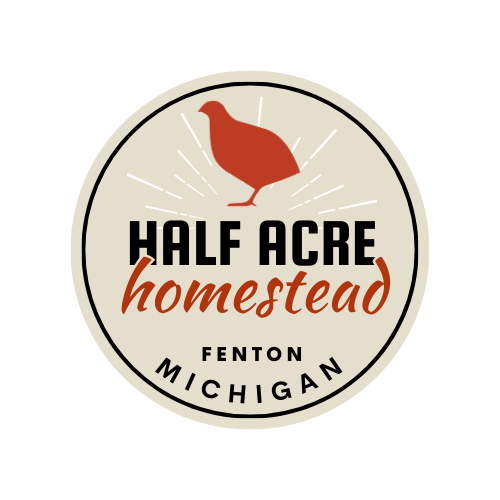Wood Sorrel
A Delicate and Edible Wild Plant
Common Yellow Wood Sorrel (Oxalis stricta) is a small, perennial herb found in many parts of the world, from woodlands to gardens. It is often recognized by its clover-like leaves, each divided into three heart-shaped leaflets. The leaves fold at night or in bad weather. Wood sorrel produces delicate five-petaled flowers in shades of white, yellow, or pink, depending on the species.
Edibility and Uses
Wood sorrel is notable for its pleasant, sweet and tart flavor, which comes from the oxalic acid it contains—also found in spinach and rhubarb. This makes it a popular foraging plant. This plant grows wild all over my yard and I let it. The leaves, flowers, and seed pods are all edible and can be used to add a lemony zest to salads, soups, or teas.
Cultural and Medicinal Significance
Historically, wood sorrel has been used in folk medicine for its cooling and thirst-quenching properties. Some indigenous cultures also used it to treat fevers or as a mild diuretic. However, due to its oxalic acid content, it should be consumed in moderation, as high levels of oxalates can interfere with calcium absorption.
Ecological Role
In nature, wood sorrel plays a role in the ecosystem by providing food for pollinators like bees and butterflies. Its ability to thrive in shaded, damp areas helps stabilize soil and prevent erosion.
With its dainty appearance and culinary versatility, wood sorrel is a charming and useful plant that can be enjoyed in both wild and cultivated settings.


